Mineralogy & Density of Minerals
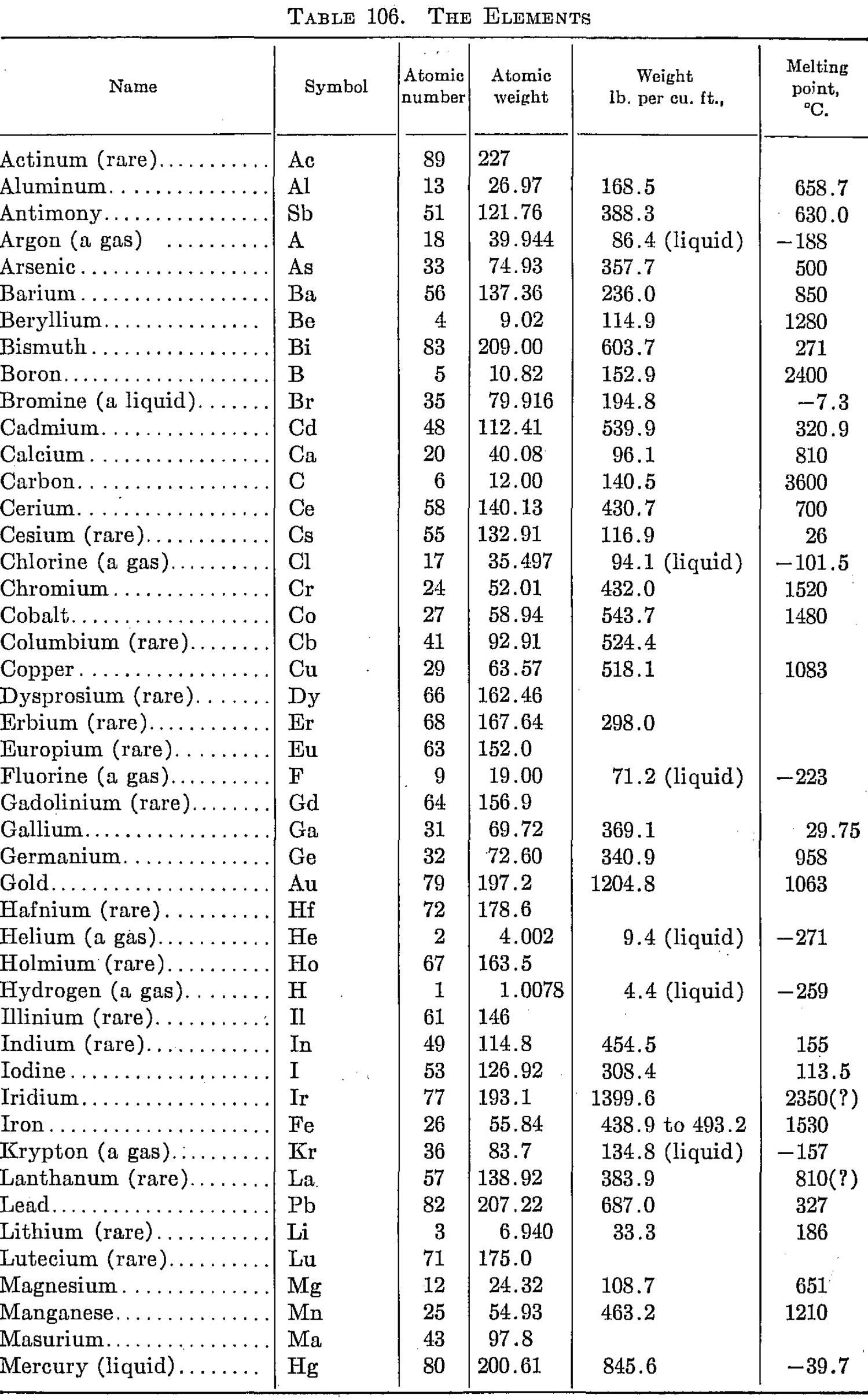
With the recognition of a need for a concise table of conversion factors, the following data applicable to metallurgical needs are taken from a compilation by Robert B. Fisher formerly of the Dorr Company for its staff: SLIME-DENSITY TABLE In Metallurgical and Chemical Engineering (now Chemical Engineering) for June, 1912, H. B. Lowden presented the […]
Estimating Ore Reserves
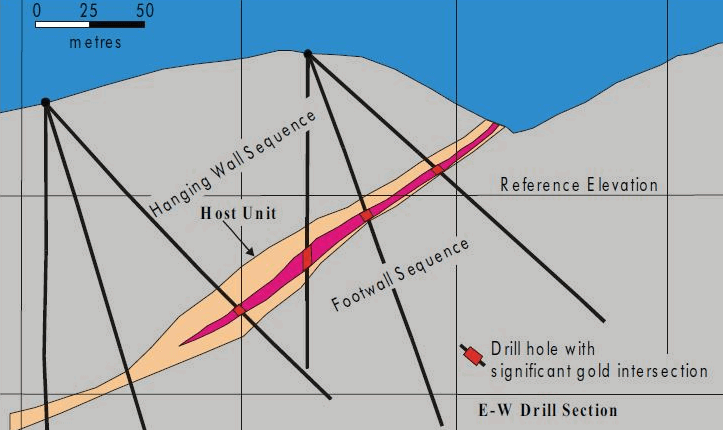
The methods of sampling and ore reserve estimating used can fall into two divisions because of the difference in occurrence, manner of prospecting, and methods of mining: that for the underground operations and that for a shovel operations. The orebodies may be divided into three classes: Replacements of limestone, replacements of porphyry, and replacements of contact breccia. […]
Anthracite Preparation
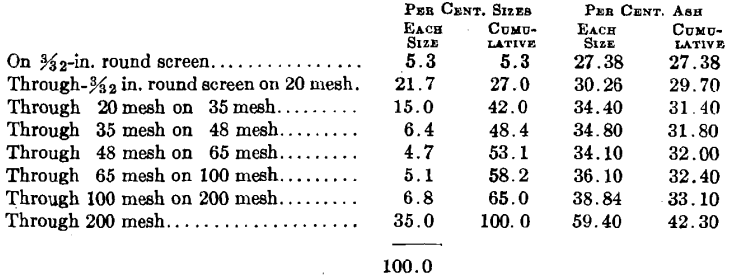
The modern anthracite breaker or washery uses almost exclusively a wet method of preparation, which requires, roughly, 1 gal. of water per minute per ton of production per day. The entire anthracite industry uses about 320,000 gal. per min. of water for this purpose or 800,000 tons of water per day. As this water leaves […]
Using Mineralogy in Geometallurgy
Metallographic Laboratory Specimen Cutter
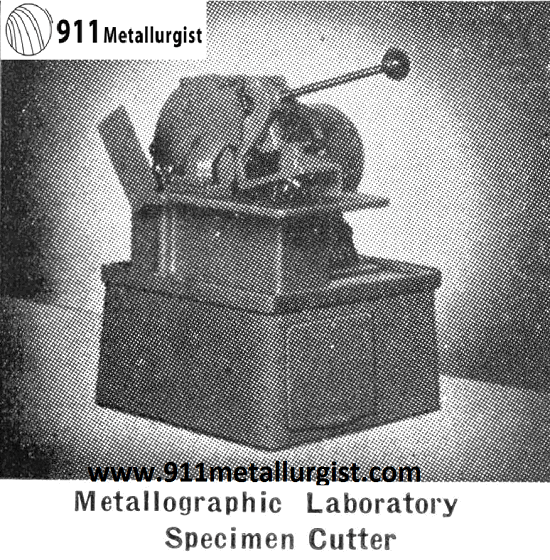
The Metallographic Laboratory Specimen Cutter is a compact, efficient specimen cutter with improved waterstream for more effective cooling. Strength, durability and efficiency are built into the unit. Cut-off wheels can easily be changed. The cutter assembly is completely enclosed, for safety, and is directly connected to a ½ horsepower, 3450 r.p.m., totally enclosed motor. The […]
Open Stope Mining Method
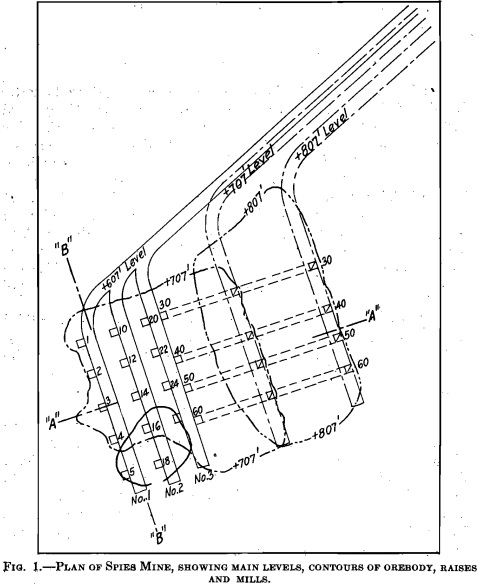
Speaking generally, in the Open Stope Mining Method, the jasper hanging walls of most of the deposits in the Iron River district dip at a steep angle and are exceedingly strong, standing without caving, even after mining has been continued for years and after large excavations have been made. The ore is fairly hard and […]
Common Uranium Minerals Classified by Colors

Name Chemical Composition %U3O8 Color Luster Hardness Specific Gravity SG Characteristics & Occurrence Pitchblende Uranium oxide 50-80 Black (Grayish, Greenish) Pitch like Earthy, Dull or Glassy 5-6 6-9 In Veins; often with Sulphides of Cobalt, Nickel,Silver, Bismuth or Yellow Secondary Uranium Minerals. Never Brownish or Reddish. Uraninite Uranium oxide 65-85 Black (Grayish, Greenish, Brownish) Pitch like […]
Mining Methods

The mines and mining methods of the now defunct Arizona Mining Copper Co. are situated in the Morenci-Metcalf copper district in southeastern Arizona. This copper-bearing district covers a triangular mountainous area of about 3 square miles, rising abruptly from the gravel plateau of the surrounding country. In this area, an immense intrusion of porphyry has […]
Classification of Minerals
The first step in the identification of a mineral before any chemical tests are made should be the recognition of the physical and optical properties and occurrence of the mineral. The physical properties are discussed below. Color: The color is fairly constant in some minerals but not in all, and commonly the color is due […]
Geometallurgy: Integrating Geology and Metallurgy
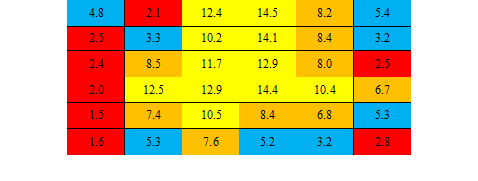
The variability in gold recovery (geometallurgy) is a very important problem to study during the first steps of the project and even during the operation. Probably, the explanation of that problem for some plants is not well known and the problem has to be solved with valid criterion that were not considered during the design […]
